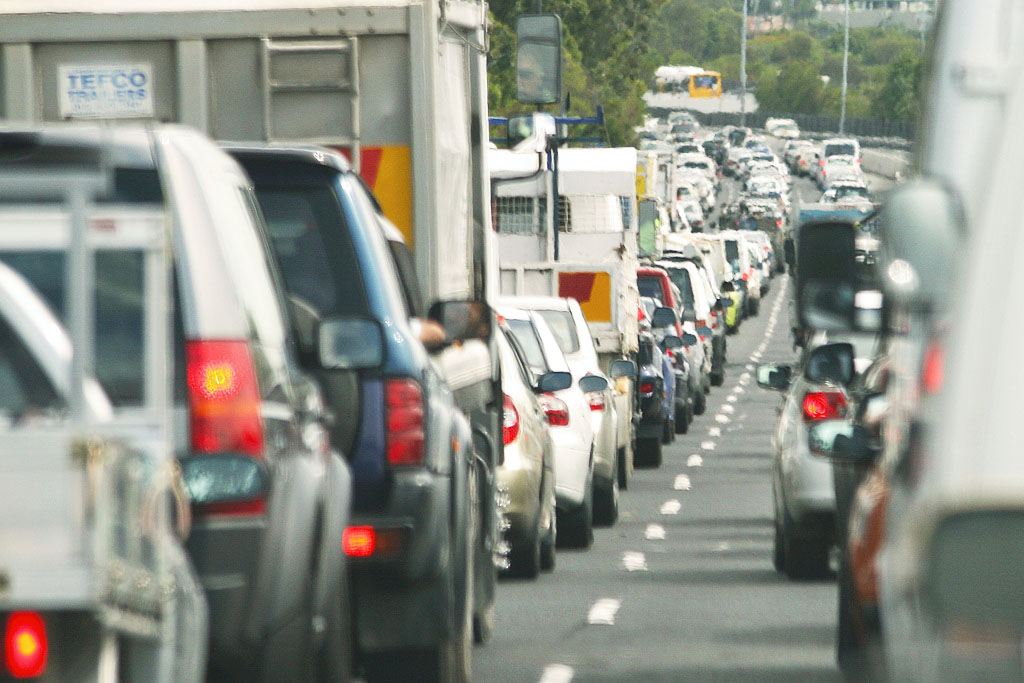
Commuter shuttles aren’t just a tech trend; companies across all industries and regions are seeing real benefits for employers and employees alike.
1. Increased employee productivity & general well-being
Down time on the shuttle gives employees some time to prepare for the day ahead, whether that is a chance to rest and relax, check email, or catch up on the news. They arrive at the office already in or ready to transition more quickly to work mode. Over the long term, the shuttle can reduce stress-related health problems associated with driving in traffic that lead to missed work and health claims–check out this TIME Magazine article on 10 Things Your Commute Does To Your Body.
2. Reduces challenge of government compliance
Many state and regional governments require employers to offer Commute Trip Reduction (CTR) programs to reduce SOV commuting and achieve better air quality, such as AQMD’s Rule 2202. In urban areas, companies may find SOV reduction a condition of zoning approval.
3. Company incentive for recruiting and retention
When it comes to enticing new hires or reducing turnover, a company shuttle is a great differentiating factor. In addition to the health and wellness benefits employees save money on gas and vehicle costs, which is money in their pockets. Recognition is available through designations such as Best Workplaces for Commuters.
4. Qualify for IRS non-taxable Fringe Benefits
Section 132(f) of the Federal tax code allows tax-free transportation fringe benefits of up to $130 per month per employee for transit or vanpool expenses. Employees receive more from tax-free transportation fringe benefits than from a comparable salary increase since they do not pay federal income or payroll taxes on the value of the fringe benefit. Learn more from the National Center for Transit Research.
5. Go green
Encouraging your employees not to drive my themselves to work not only helps with SOV compliance but dramatically reduces your carbon footprint. The San Francisco County Transportation Authority estimates the existing shuttles in that area replace roughly 757,000 single-passenger car trips and save a net 28.7 million VMT (vehicle miles traveled). According to rideshare.com, the U.S. could save 33 million gallons of gas each day if the average commuting vehicle carried just one additional person. You can estimate your carbon footprint (and commute costs) with this calculator from Stanford University’s Parking and Transportation Services.
6. Cost savings
Offering your employees a commuter shuttle may be a less expensive alternative to expensing mileage or building infrastructure like a new parking deck. Several states also provide employers with tax credits for offering commuter benefit programs.
7. Stronger workplace satisfaction and corporate identity
Be known as a great place to work, one that cares about their employees and supports the work-life balance. Employees also get to know one another better, including coworkers outside their normal work sphere, helping them feel more connected and fostering a sense of teamwork.